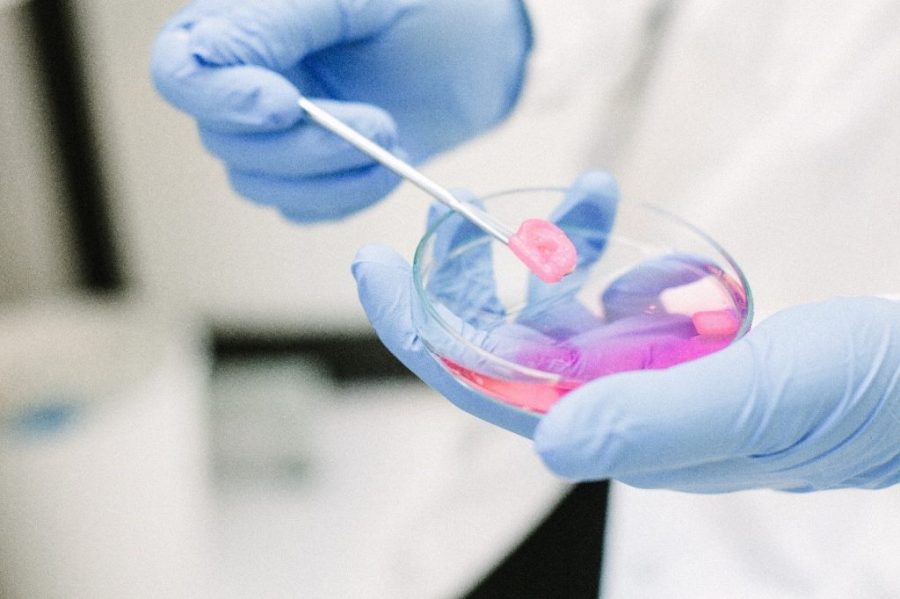China is set to reveal its advanced High Energy Photon Source (HEPS) by the end of the year, which will feature some of the most powerful synchrotron X-rays in the world. With a substantial investment of 4.8 billion yuan (around 665 million USD), this facility represents a significant achievement for Asia, placing China among the top nations with fourth-generation synchrotron light sources.
Located in Huairou, near downtown Beijing, the circular HEPS facility is bustling with activity as researchers meticulously calibrate thousands of components. Their goal is to create a light source that can examine samples at the molecular and atomic levels in real time.
The installation of the vacuum chamber system, essential for maintaining the brightness and stability of the light, is expected to be completed by the end of June, marking another significant milestone in HEPS’s journey toward scientific excellence.
HEPS will transform scientific research with its production of high-energy X-rays, enabling the precise examination of samples at the nanoscale level. Compared to third-generation synchrotrons like the Shanghai Synchrotron Radiation Facility, which has a circumference of 432 meters and is China’s most advanced working synchrotron, HEPS will provide a time resolution 10,000 times better.
Ye Tao, a beamline scientist at the Institute of High Energy Physics (IHEP) under the Chinese Academy of Sciences, anticipates a significant improvement in measurement accuracy, with nanosecond-scale precision replacing the milliseconds currently required.
When it opens in 2025, HEPS will offer researchers access to 14 beamlines covering various fields such as energy, condensed matter physics, materials innovation, and biomedicine. There are plans to expand this capacity to accommodate up to 90 beamlines in the future. Tao believes that the HEPS facility will impact every scientific field, except mathematics.
One notable advancement facilitated by HEPS is in the study of protein structures. Traditional synchrotrons require the purification of molecules and their transformation into X-ray-visible crystal forms to visualize atomic structures. However, the powerful hard X-rays emitted by HEPS will enable the analysis of even the tiniest protein crystals with unprecedented detail. Furthermore, experiments that once took days can now be swiftly carried out at HEPS, ushering in a new era of efficiency and productivity in scientific inquiry.
What are synchrotron X-rays?
A synchrotron light source is a powerful machine that produces electromagnetic radiation. It’s part of a particle accelerator where particles move in a loop. This radiation, used for scientific and technical purposes, is created by speeding up electrons in the accelerator. The electrons then pass through magnets and special devices called undulators or wigglers, which create strong magnetic fields. These fields help convert the energy of the electrons into light, such as X-rays. In simpler terms, synchrotron light sources use magnets to steer particles in a circle and electric fields to accelerate them.
Related Articles
https://interestingengineering.com/science/china-high-energy-photon-source
https://www.mpe.mpg.de/7984975/news20240109
https://www.popularmechanics.com/science/a45193829/lcls-ii-x-ray/
Take Action





















